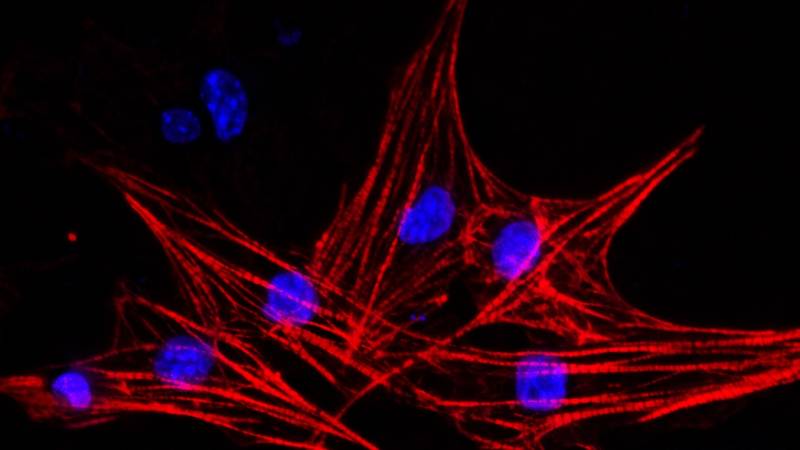San Francisco scientists have discovered a new technique that offers hope for treating heart disease.
When a person has a heart attack, billions of heart cells can die. Replacing or regenerating those lost cells has stumped doctors for years.
“Scientists have tried for decades to treat heart failure by transplanting adult heart cells, but these cells cannot reproduce themselves, and so they do not survive in the damaged heart," explained biologist Yu Zhang, lead author on a new study, published in the journal Cell Stem Cell.
Zhang is part of a team of researchers at the Gladstone Institutes who manufactured a new type of stem cell that is in between an embryonic stem cell and an adult heart cell.
The scientists created a pharmaceutical cocktail of various drugs. They used the recipe to reprogram a type of skin cell to return it to an earlier state. In other words, the special brew reversed the cells' development and stopped them from growing up, essentially creating teenage cells (technically induced expandable cardiovascular progenitor cells (ieCPCs) that are suspended in adolescence. (Wouldn't that be a parental nightmare.)

